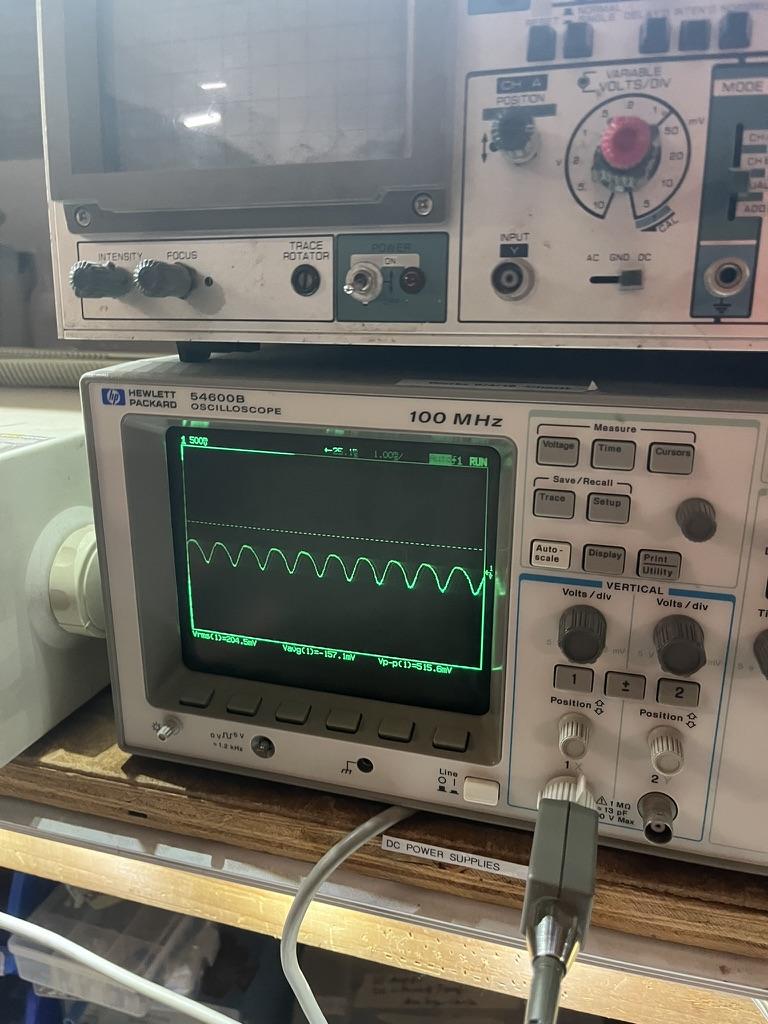In a remarkable feat, Hudhayfa Nazoordeen, a University of Waterloo math student, constructed a fusion reactor in his bedroom in just four weeks. With the world racing toward clean and limitless energy through fusion, Nazoordeen joined the effort using a 12kV neon sign transformer to generate plasma.
Despite having no prior hardware experience, Nazoordeen built the reactor by first designing the system and sourcing parts from McMaster-Carr. He then constructed the main chamber and assembled a half-bridge rectifier. The reactor required a vacuum system to ensure the ions reached the energy needed for fusion, so he used an MKS-901p transducer for both absolute and differential pressure measurements. After troubleshooting several leaks over the course of a week, he achieved a vacuum pressure of 25 microns.
Without even owning a multimeter, Nazoordeen cleverly used an Arduino to check circuit connections. Throughout the process, he relied on the AI assistant Claude 3.5 Sonnet to help interpret datasheets and guide his efforts. By the fourth week, he had successfully produced plasma, although his reactor did not achieve full fusion.

Nazoordeen’s experiment demonstrates the power of modern AI tools in advancing scientific endeavors. His work drew attention from others, including Olivia Li, who is developing an electrostatic fusion reactor in her New York City apartment. Inspired by Nazoordeen, Li praised his persistence and shared that she is working on a write-up to assist others in building their own fusion devices at home.
Li’s approach to fusion involved generating deuterium gas from heavy water using leftover proton exchange membranes from a prior project. She noted that Nazoordeen is one of the few who have actually executed a fusion project, showcasing the potential for DIY scientific innovation in an era of advanced AI assistance and accessible resources.



This made me smile—only in NYC would you find something like a leaning “Banana” tower! Love how architecture can be bold and entertaining. Reminds me of the detail-driven approach we take at Artisticks, especially with pieces like our brass main door handles. Design should make a statement!
Such a thoughtful post—thank you for sharing! It’s always inspiring to see creativity and passion shine through in different forms. It reminds me of how functional design can also be artistic. At Artisticks, we believe in blending utility with beauty—like in our brass main door handle designs, where craftsmanship turns everyday elements into statement pieces. Looking forward to reading more from you!